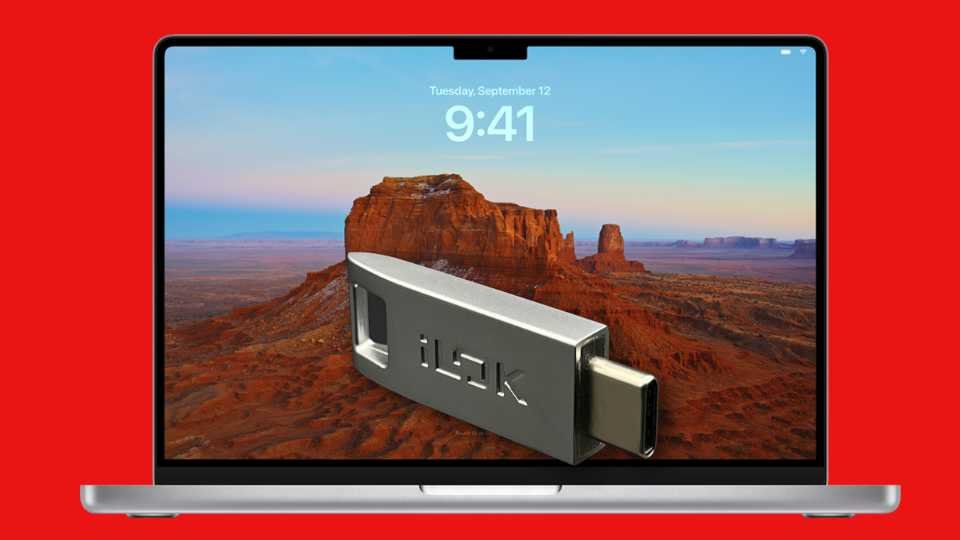** WARNING: macOS Sonoma 14.4 **
If you plan to install the Sonoma 14.4 public beta, please
make a full bootable backup first. This version of macOS has been very troublesome in my experience, as follows:
- Designare Z390 -- installation completes, but system crashes and reboots after login screen
- Asus Z690 ROG STRIX mini-ITX -- installation fails and returns to 14.3
- Asus X670E Gene (AMD Ryzen) -- installation fails and returns to 14.3
UPDATE:
Thanks to
this post by
@AmigaOS, we can install 14.4 after doing this:
- Set SecureBootModel to Disabled (not default)
- Disable all WiFi kexts if any
- Disable all Bluetooth kexts if any
When installation is done we can re-enable
SecureBootModel and the kexts, but
AirportItlwm should remain disabled until a patch or new version is released!

